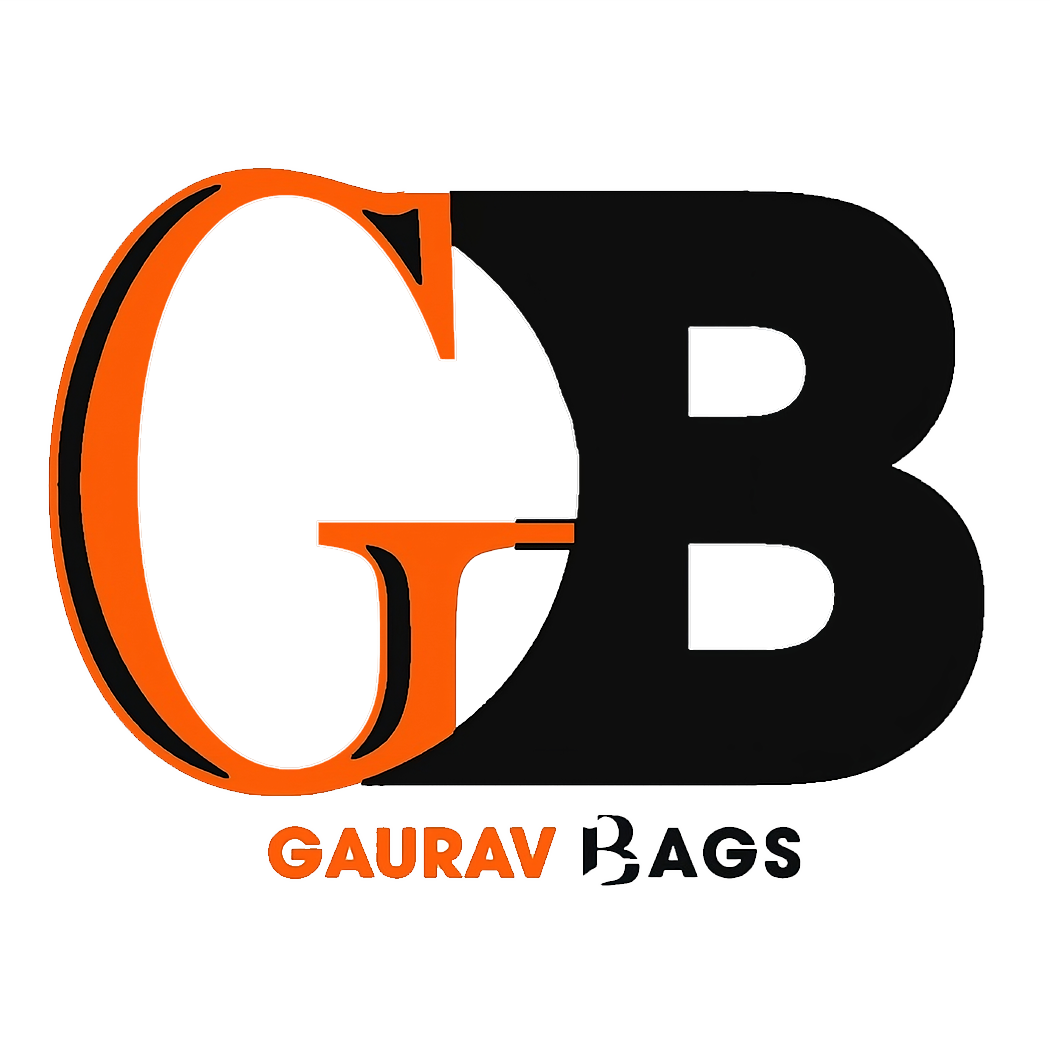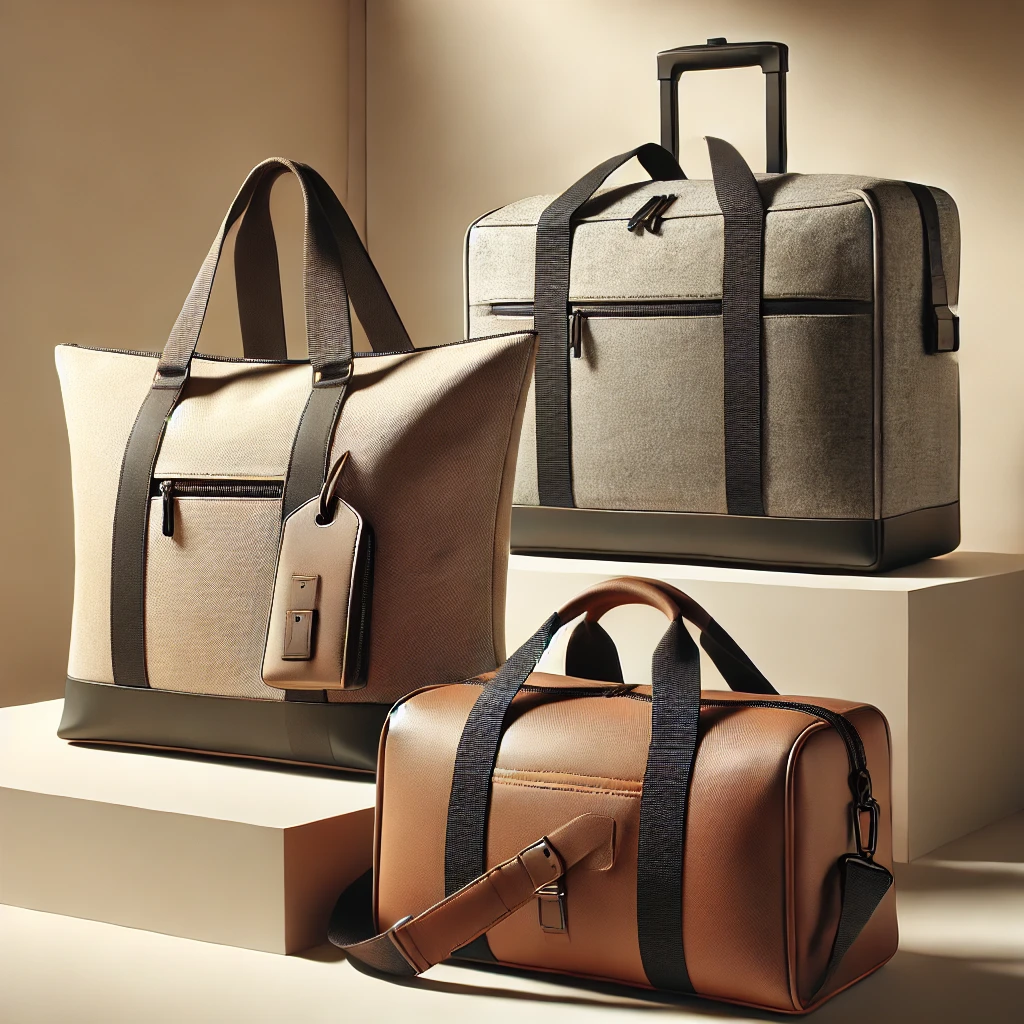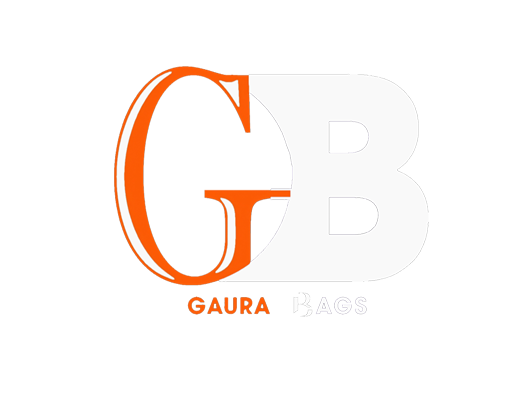From Concept to Creation: The Process of Custom Bag Manufacturing
Custom bags have become a popular choice for businesses, brands, and individuals looking for a unique way to showcase their identity. Whether used for promotional purposes, retail, or personal use, the journey of creating a custom bag involves a detailed and structured process. Let’s explore the step-by-step journey from concept to creation in custom bag manufacturing.
1. Design Conceptualization
The first step in custom bag manufacturing is defining the concept. This involves determining the bag’s purpose, size, style, and design elements such as logos, colors, and graphics. Businesses may work with professional designers or use online customization tools to bring their vision to life. Clear specifications ensure that the final product aligns with branding and functional needs.
2. Material Selection
Choosing the right material is crucial for durability, aesthetics, and sustainability. Some common materials used for custom bags include:
- Canvas & Cotton: Durable, eco-friendly, and ideal for tote bags.
- Polyester & Nylon: Lightweight, water-resistant, and great for backpacks or travel bags.
- Leather & Faux Leather: Premium and stylish, suitable for corporate or luxury bags.
- Recycled Fabrics: A sustainable choice for environmentally-conscious brands.
The selection of material depends on factors like budget, purpose, and sustainability preferences.
3. Printing & Branding Techniques
Once the material is chosen, branding elements such as logos, patterns, and slogans are applied using different printing techniques:
- Screen Printing: Ideal for bold designs on fabric bags.
- Heat Transfer Printing: Great for vibrant, multi-color designs.
- Embroidery: Adds a premium look, often used for corporate or fashion bags.
- Sublimation Printing: Best for full-color, all-over prints on synthetic materials.
The choice of technique depends on the design complexity and fabric type.
4. Cutting & Stitching
After printing, the material is cut according to the bag’s template and dimensions. Skilled craftsmen then stitch the bags using industrial sewing machines, ensuring precision and durability. High-quality stitching techniques, such as double stitching or reinforced seams, enhance the bag’s strength and longevity.
5. Quality Inspection & Finishing Touches
Before the bags are ready for distribution, they go through a rigorous quality inspection. This includes checking for printing accuracy, seam strength, and overall finishing. Additional elements such as zippers, pockets, lining, or customized tags are added at this stage.
6. Packaging & Delivery
Once the bags pass the quality check, they are packed and prepared for shipping. Brands can choose eco-friendly packaging to align with sustainability goals. Bags are then delivered to retailers, businesses, or customers, ready to make an impact.
Conclusion
The process of custom bag manufacturing is a blend of creativity, craftsmanship, and technology. By understanding each step, businesses and individuals can make informed choices that result in high-quality, functional, and stylish custom bags. Whether for branding, retail, or personal use, custom bags offer endless possibilities in design and sustainability.
Choosing the Right Material for Your Custom Bags: A Complete Guide
When designing a custom bag, selecting the right material is crucial for ensuring durability, aesthetics, and sustainability. Different materials offer distinct benefits, making it important to choose one that aligns with your brand’s values and intended use. Here’s a comprehensive guide to help you pick the perfect material for your custom bags.
1. Cotton & Canvas Bags
- Best for: Eco-friendly brands, reusable shopping bags, promotional giveaways.
- Benefits: Durable, biodegradable, and washable.
- Considerations: Might shrink after washing; not waterproof.
2. Polyester & Nylon Bags
- Best for: Gym bags, backpacks, travel bags, water-resistant bags.
- Benefits: Lightweight, strong, and resistant to water and mildew.
- Considerations: Not biodegradable; may not be as eco-friendly as other options.
3. Leather & Faux Leather Bags
- Best for: Luxury handbags, corporate gifts, high-end promotional items.
- Benefits: Stylish, long-lasting, and premium quality.
- Considerations: Expensive; real leather isn’t vegan-friendly, while faux leather may not be as durable.
4. Jute & Hemp Bags
- Best for: Sustainable brands, grocery bags, eco-conscious consumers.
- Benefits: Highly durable, biodegradable, and naturally stylish.
- Considerations: Rough texture may not be suitable for all designs; limited color options.
5. Recycled & Sustainable Materials
- Best for: Eco-friendly brands, corporate sustainability initiatives.
- Benefits: Reduces environmental impact, supports circular economy practices.
- Considerations: Material availability may vary; can sometimes be more expensive.
Conclusion
The choice of material plays a major role in the functionality, sustainability, and appeal of your custom bags. Whether you prioritize durability, eco-friendliness, or aesthetics, selecting the right material ensures that your bags meet both practical needs and branding goals. By making an informed decision, you can create custom bags that align with your company’s values and enhance your marketing efforts.
© 2024 GauravBags.com











